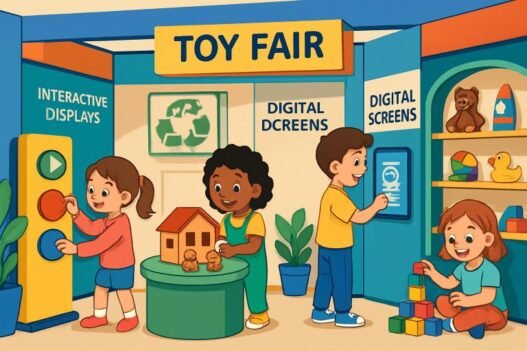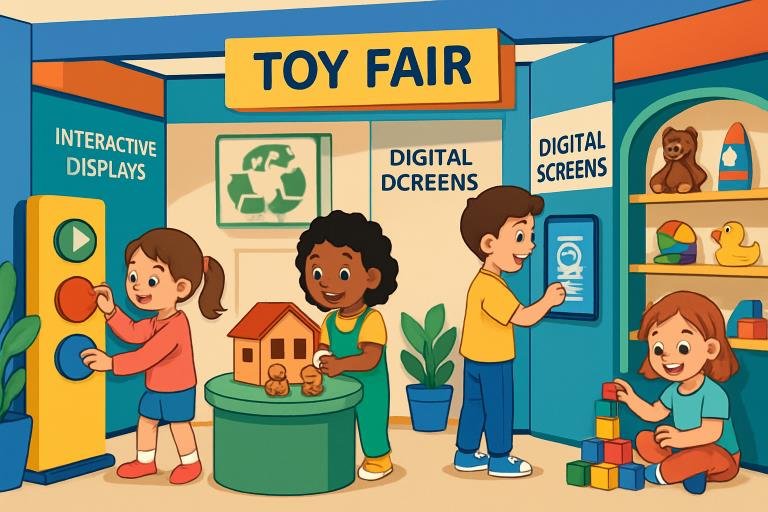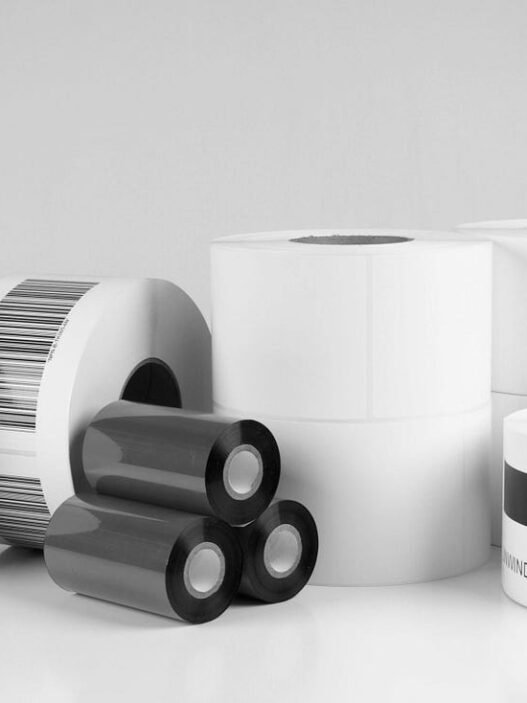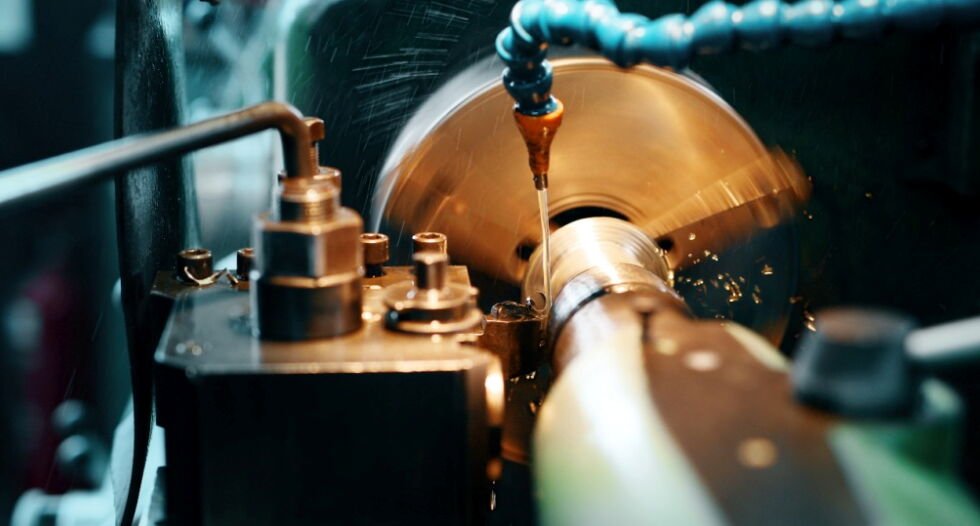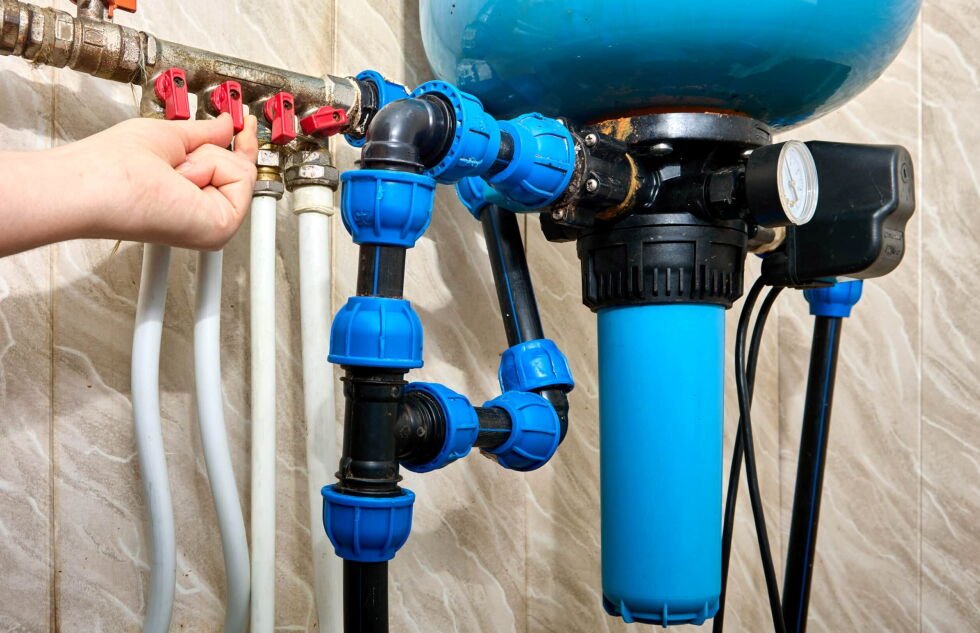Key Takeaways
- Innovative booth designs are crucial for engaging attendees at toy fairs.
- Sustainability and technology integration are prominent trends in booth presentations.
- Interactive and immersive experiences enhance visitor engagement.
- Personalization and storytelling create memorable brand impressions.
- Effective visual merchandising strategies can significantly impact booth success.
Introduction
Toy fairs play a pivotal role in the toy industry, serving as dynamic platforms where brands unveil their latest innovations to retailers, buyers, and enthusiasts. Exhibitors are continually reimagining how they present their products, with booth design emerging as a powerful tool for capturing attention and inspiring engagement. As visitors walk the busy aisles, the visual impact and interactivity of toy fair trade show booths set the tone for meaningful brand connections and business opportunities.
Today’s exhibitors are not only showcasing toys—they are presenting immersive brand stories. Attendees expect to see creativity, innovation, and a sense of play echoed in every design element. This shift has led to a transformation in how companies approach not just their displays, but the entire visitor experience at toy fairs across the globe. A well-designed booth is now essential for making a lasting impression and influencing purchasing decisions.
It is increasingly clear that the most effective booths blend eye-catching visuals with cutting-edge interactive elements. The incorporation of environmentally conscious materials and digital technology is quickly becoming standard practice, reflecting a broader commitment to sustainability and modern consumer values.
Brands are also using the opportunity to strengthen their narrative, crafting unique spaces that reflect their ethos and invite attendees to become part of the story. Exhibitors who embrace these trends elevate both their booth’s appeal and their overall fair performance, often setting new industry standards.
Sustainability in Booth Designs
Environmental sustainability has become a central focus for both exhibitors and attendees at toy fairs. The era of single-use décor and disposable signage is giving way to eco-friendly alternatives. More companies are adopting recyclable, reusable, and biodegradable booth materials to showcase their commitment to reducing environmental impact. Displays crafted from bamboo, recycled plastics, and upcycled cardboard highlight this growing dedication to sustainable practices and resonate strongly with eco-minded audiences.
A successful toy fair strategy now emphasizes weaving sustainability into every stage of booth planning and execution. Exhibitors are increasingly opting for energy-efficient lighting, digital signage, sustainable giveaways, and locally sourced materials to minimize waste while maintaining visual appeal. This mindful approach not only strengthens a brand’s credibility but also attracts buyers who value responsible and ethical operations.
These environmentally conscious efforts appeal not only to individual buyers but also to major retailers aiming to align with shifting consumer expectations. As sustainability becomes a defining factor in purchasing decisions, exhibitors who prioritize green practices are more likely to stand out and secure stronger partnerships on the show floor.
Technology Integration
Technology is redefining the toy fair booth experience on multiple fronts. Gone are the days of passive displays—today’s booths frequently feature interactive screens, augmented reality (AR) environments, and artificial intelligence (AI)-driven demos. These tools not only captivate visitors but also provide invaluable engagement opportunities, with many brands using tablets, sensors, and mobile apps to facilitate hands-on exploration or real-time product customization.
The integration of AI has emerged as a fascinating trend. Imagine a plush toy with the intelligence to learn from children’s interactions and offer tailored responses, sparking curiosity and deeper emotional connections. Similarly, AR experiences bring product stories to life—from dinosaurs that roam the booth floor to construction sets that spring to life in three-dimensional, digital animation. The result is a more participatory event where visitors become active participants in the brand journey, raising the bar for future booth design.
Interactive and Immersive Experiences
At the heart of a memorable booth is the ability to immerse visitors in play and discovery. Brands are leveraging interactive setups, sensory-rich environments, and narrative-driven demos to foster hands-on exploration. By inviting attendees to build, compete, or create, exhibitors leave a lasting impression that static displays simply can’t match.
Travel-friendly games, digital product demos, and live play zones have become powerful tools for boosting social media exposure and drawing foot traffic. These experiences transform booths into vibrant destinations, turning passive visitors into engaged brand advocates who share their experiences well beyond the fair itself.
Personalization and Storytelling
Personalization has moved to the forefront of toy fair trends as consumers increasingly seek products with a unique, personal touch. Booths that offer customizable demos—letting visitors build their own figures or design exclusive puzzles—generate excitement and a sense of ownership. Compelling storytelling goes hand in hand with personalization. By weaving brand history, product origins, or local connections into exhibit design, companies create an emotional link with attendees. Narrative-driven presentations, especially those that allow visitors to contribute or customize their experience, enhance recall and foster stronger brand loyalty, ensuring the booth is both talked about and remembered long after the event concludes.
Visual Merchandising Strategies
Attention to visual merchandising underpins all successful booth presentations. Whether through dynamic shelving, bold graphics, or clever lighting, exhibitors are leveraging every inch of their space for maximum visibility and engagement. The Toy Fair’s focus on requiring exhibitors to display products in at least 20 percent of their aisle-facing space exemplifies this trend, as does the growing importance of awards and accolades that recognize outstanding booth design and playfulness. According to NBC News, thoughtful visual merchandising not only attracts attention but also boosts sales potential by creating a seamless brand experience that connects with visitors on multiple levels.
The most celebrated booths strike the perfect balance between function and creativity, ensuring that every element from central displays to interactive zones contributes to a cohesive, memorable visitor journey. Incorporating modular displays and flexible layouts also allows brands to adapt quickly to changing trends and attendee feedback.
Conclusion
Modern toy fair booths are rapidly evolving to keep pace with new consumer expectations and industry innovations. Exhibitors that prioritize sustainability, embrace cutting-edge technology, foster authentic interactivity, encourage personalization, and master the art of visual merchandising are well-positioned for success. As these creative trends become the blueprint for future events, brands willing to innovate will continue to capture the imagination of toy buyers and industry insiders alike.


